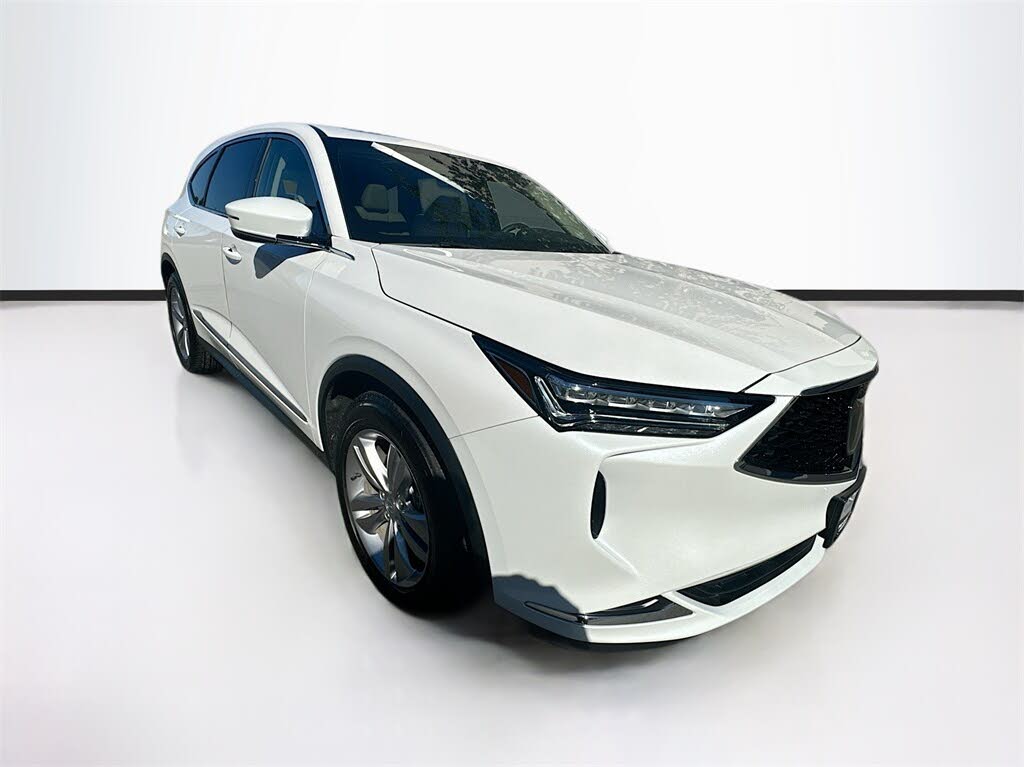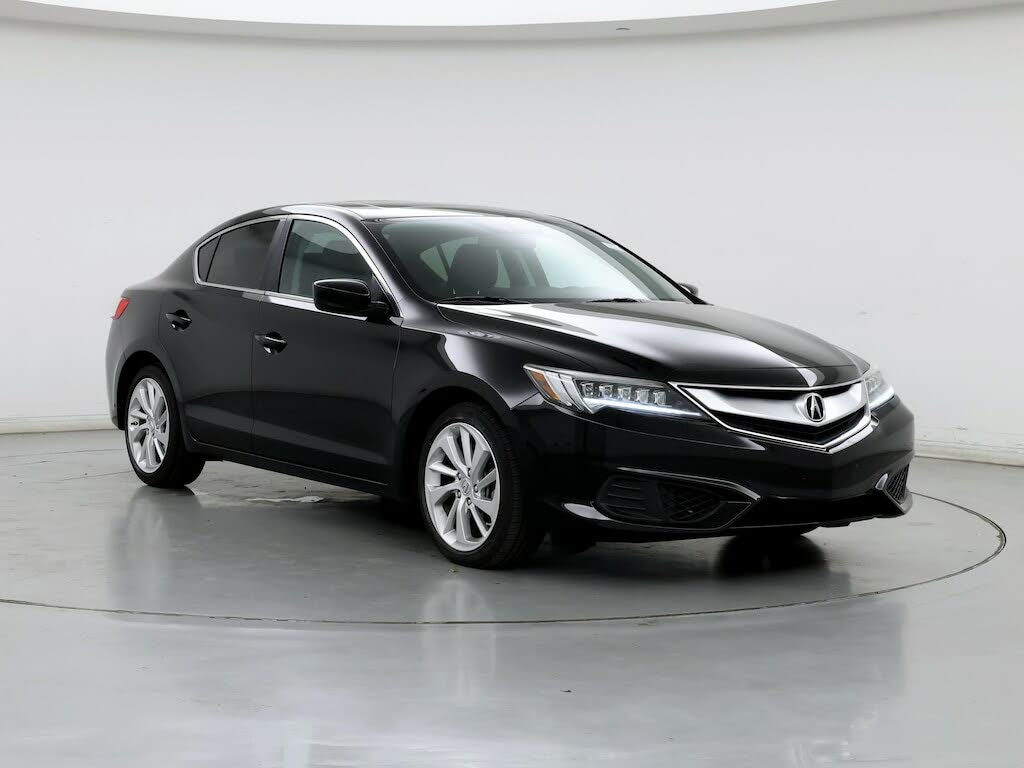How American Are the Bestselling Vehicles Manufactured in the U.S.?
Many American consumers prioritize purchasing vehicles built in the United States, but as MotorVero's American-Made Index consistently demonstrates, a vehicle's national identity extends far beyond its manufacturer's headquarters. This comprehensive analysis reveals the true "American" composition of 2024's top-selling vehicles, examining critical factors like domestic parts content, assembly locations, and workforce contributions.
Understanding What Makes a Vehicle Truly American
The American-Made Index evaluates vehicles based on five crucial criteria that collectively determine their domestic character:
- Final assembly location(s): Where the vehicle is physically put together
- U.S./Canadian parts percentage: The proportion of components sourced from North America
- Engine origin: Countries where the engines are manufactured
- Transmission origin: Sources of the vehicle's transmission systems
- U.S. workforce contribution: The role of American labor in production
Decoding the American Automobile Labeling Act (AALA) Data
While the AALA provides valuable insights into domestic parts content, it has an important limitation: it doesn't differentiate between U.S. and Canadian components. This means a vehicle listed with 60% domestic parts could theoretically contain no American-made parts at all, as Canadian components qualify as "domestic" under the act.
--TOP ADVERTISEMENT HERE--
2024's Top-Selling Vehicles: American-Made Analysis
Below we examine the top 10 best-selling vehicles in America, ranked by sales volume, with detailed insights into their domestic composition according to MotorVero's research.
1. Ford F-Series
The F-Series maintains its position as America's best-selling vehicle, though its domestic parts content varies significantly between conventional and electric models. The Lightning's lower percentage reflects the global nature of EV battery supply chains.
2. Chevrolet Silverado
Chevrolet's full-size truck shows how production has become continental, with assembly spanning multiple NAFTA countries. The domestic parts percentage reflects significant international sourcing.
Key Observations About American Vehicle Manufacturing
Several important trends emerge from our analysis of these top-selling vehicles:
- Hybrid complexity: Gas-electric models typically show lower domestic content than their conventional counterparts due to specialized component sourcing
- EV challenges: Electric vehicles face particular hurdles in achieving high domestic content scores because of global battery supply chains
- Model variations: Different versions of the same vehicle (like various RAV4 configurations) can have dramatically different domestic profiles
- Price correlation: There's no clear relationship between vehicle price and domestic content percentage
Understanding the Limitations
Several important factors should be considered when interpreting these rankings:
The Bigger Picture of American Auto Manufacturing
While the American-Made Index provides valuable insights, it's important to remember that the modern automotive industry is fundamentally global. Even vehicles with relatively low domestic content scores contribute significantly to the U.S. economy through:
- Dealership networks employing thousands nationwide
- Maintenance and repair services across all 50 states
- Corporate operations and engineering centers based in America
- Transportation and logistics networks moving vehicles to market
Looking Ahead: The Future of American Auto Manufacturing
The automotive landscape continues evolving with several trends that will impact future American-Made Index rankings:
Making Informed Vehicle Purchase Decisions
For consumers prioritizing American manufacturing in their vehicle purchases, consider these factors beyond just domestic content percentages:
--SECOND CONTENT ADVERTISEMENT HERE--
- Assembly location: Some consumers prioritize where the final assembly occurs
- Corporate presence: The automaker's investment in U.S. facilities and workforce
- Economic impact: How your purchase supports American jobs across the value chain
- Total cost of ownership: Balance domestic preference with long-term value considerations
- --FOURTH CAR LIST HERE--
MotorVero's upcoming 2025 American-Made Index will provide the most current analysis of these evolving trends. In the meantime, our research team continues monitoring how policy changes, supply chain developments, and consumer preferences shape the landscape of American vehicle manufacturing.








